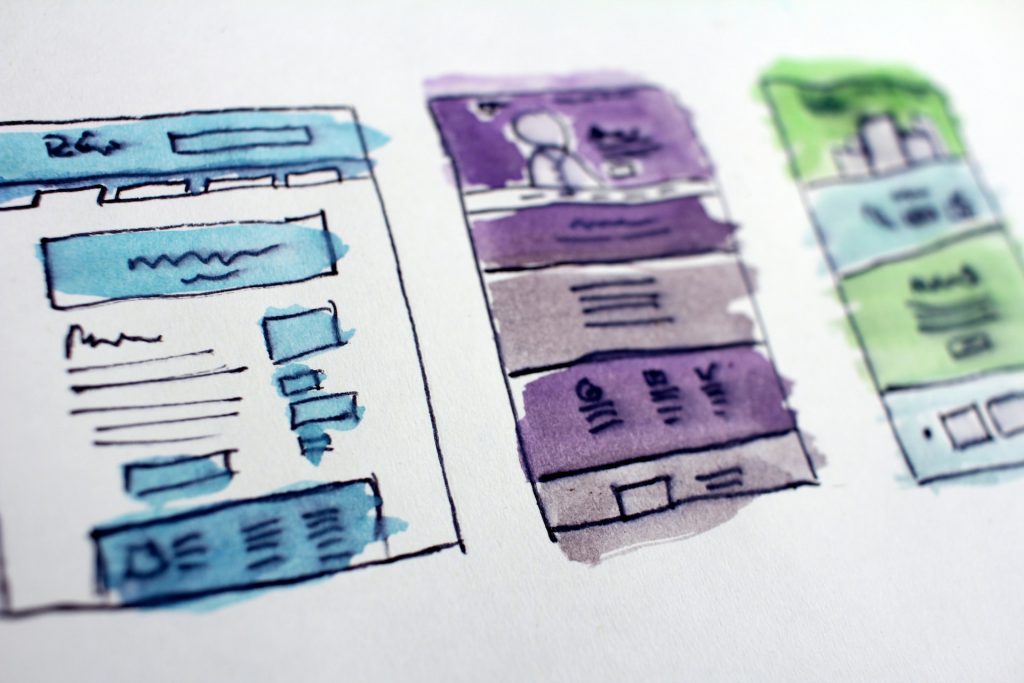Turning Ideas into Reality

GUEST POST from Art Inteligencia
In the realm of design, prototyping plays a pivotal role in transforming abstract ideas into tangible reality. It acts as a catalyst, bridging the gap between concept and execution by providing a platform for innovation, experimentation, and refinement. However, when it comes to human-centered design, the process of prototyping takes on even greater significance. By involving end-users from the very beginning, prototyping helps designers empathize, understand, and cater to the needs of their target audience, resulting in products that truly resonate with users. In this thought leadership article, we will explore the paramount importance of prototyping in human-centered design, along with two illustrative case study examples.
Case Study #1: Airbnb’s Rapid Prototyping Revolution
Airbnb, the revolutionary accommodation marketplace, owes much of its success to its relentless focus on human-centered design. In order to gain a deep understanding of the key concerns and aspirations of their users, Airbnb designers embarked on a prototyping frenzy. By creating quick, low-fidelity prototypes, they were able to gather invaluable feedback and refine their platform continuously. In one instance, the team created a series of paper prototypes to test the booking flow of Airbnb’s mobile application. This exercise helped them identify pain points and provided insights that informed the development of a seamless and intuitive booking experience. Through prototyping, Airbnb revolutionized the way people find and book accommodations, offering a user-centric solution that disrupted the hospitality industry.
Case Study #2: The Humanitarian Design Project in Uganda
The Humanitarian Design Project (HDP), a non-profit organization specializing in developing innovative solutions for impoverished communities, exemplifies the power of prototyping in addressing complex social challenges. HDP initiated a project in Uganda to tackle the issue of water scarcity in rural areas. By involving local residents throughout the entire design process, from problem identification to prototype testing, HDP ensured that the final solution truly met the needs of the community. Initially, the HDP team created several low-cost prototypes using readily available materials. Through continuous feedback sessions, they learned which prototypes were most suitable for local conditions and the preferences of the users. Ultimately, an inexpensive rainwater harvesting system emerged, designed and implemented with community-driven insights, solving the water scarcity problem sustainably. This case study showcases how prototyping can enable human-centered design in even the most challenging contexts, empowering marginalized communities.
The value of prototyping in human-centered design is clear; it offers an avenue for direct user engagement, validation, and iteration. By prototyping early and often, designers can gain critical insights into user needs, pain points, and preferences, enhancing the product’s value proposition. Moreover, prototyping helps in identifying design flaws and unforeseen limitations before the product reaches the market, potentially saving significant amounts of time and resources.
Conclusion
Prototyping stands as a fundamental pillar in human-centered design, acting as a vital tool for turning ideas into reality. By involving end-users from the outset, designers can ensure that their solutions address real human needs and desires. The case studies of Airbnb and the Humanitarian Design Project exemplify how prototyping can enable transformative design outcomes, from disrupting industries to solving complex social challenges. As the world becomes increasingly focused on empathy-driven design, incorporating prototyping in the design process becomes the key to delivering meaningful and impactful products for the betterment of society.
SPECIAL BONUS: Braden Kelley’s Problem Finding Canvas can be a super useful starting point for doing design thinking or human-centered design.
“The Problem Finding Canvas should help you investigate a handful of areas to explore, choose the one most important to you, extract all of the potential challenges and opportunities and choose one to prioritize.”
Image credit: Unsplash
![]() Sign up here to get Human-Centered Change & Innovation Weekly delivered to your inbox every week.
Sign up here to get Human-Centered Change & Innovation Weekly delivered to your inbox every week.